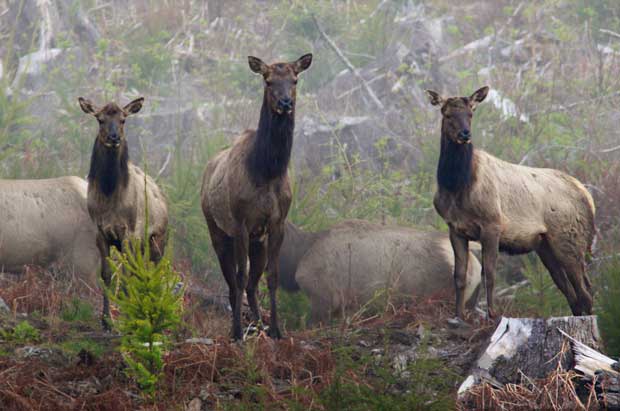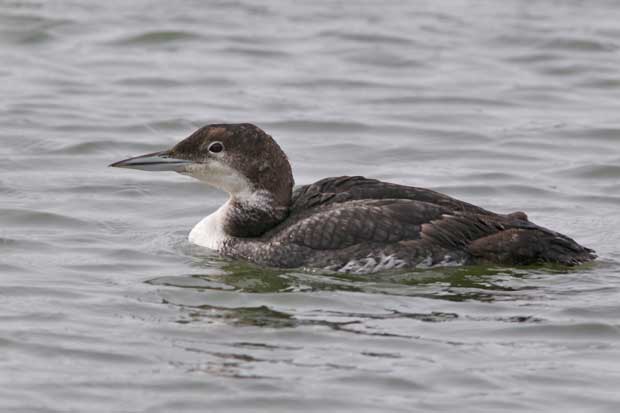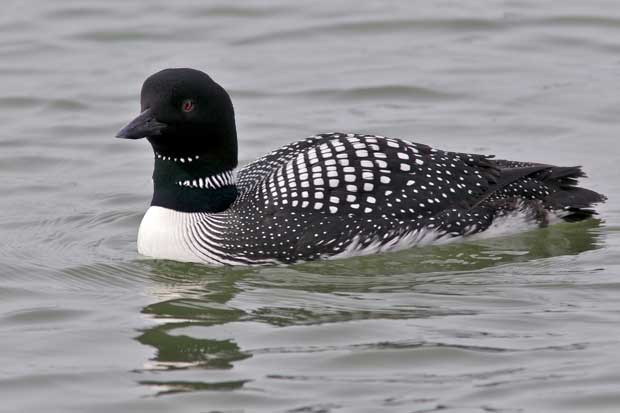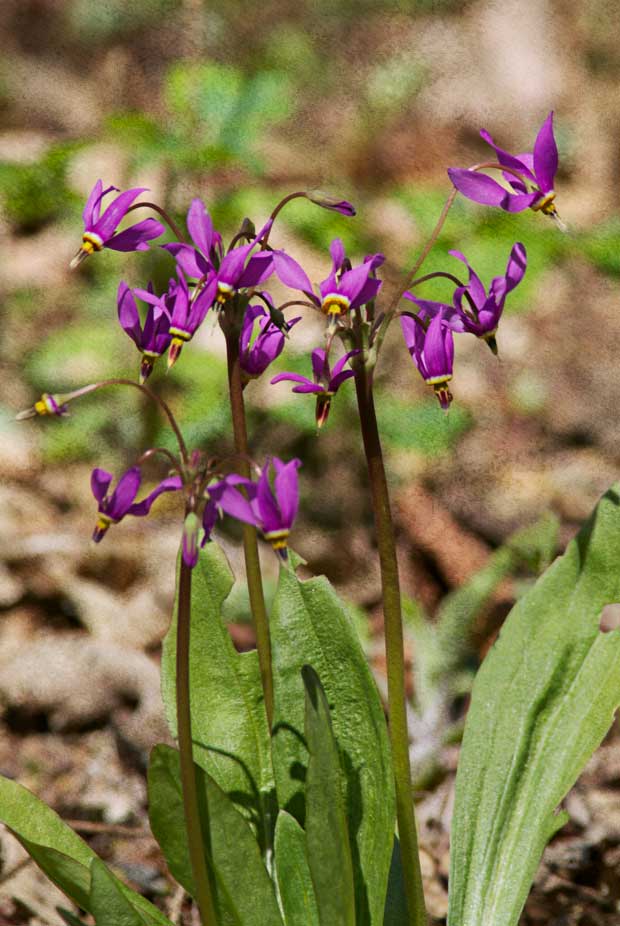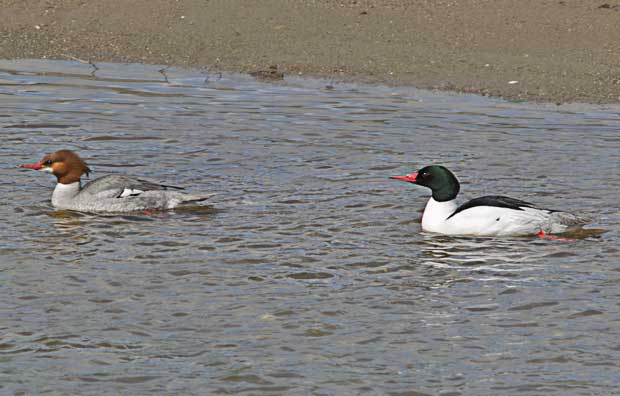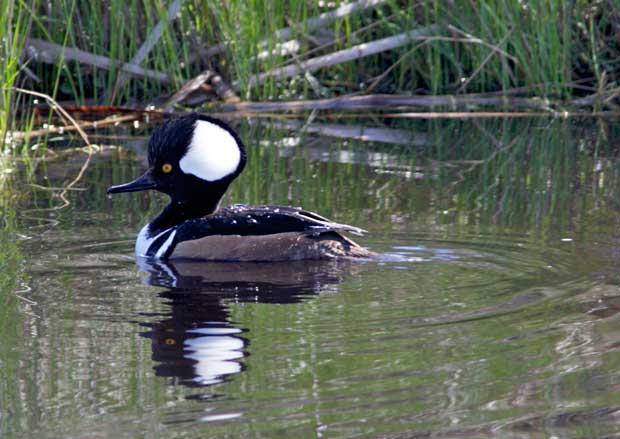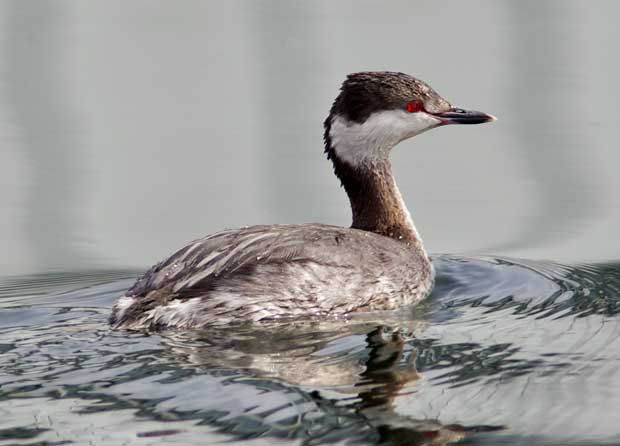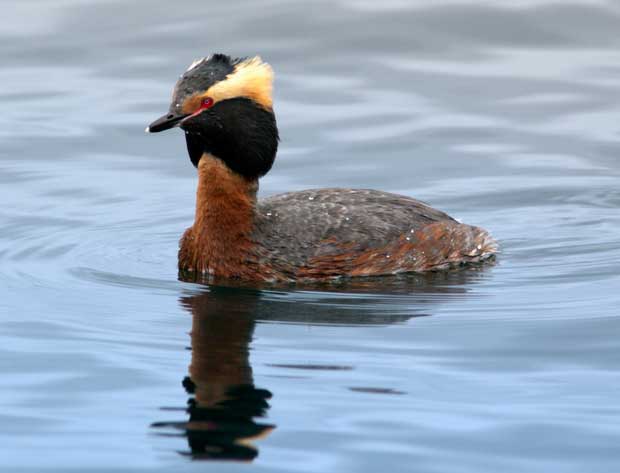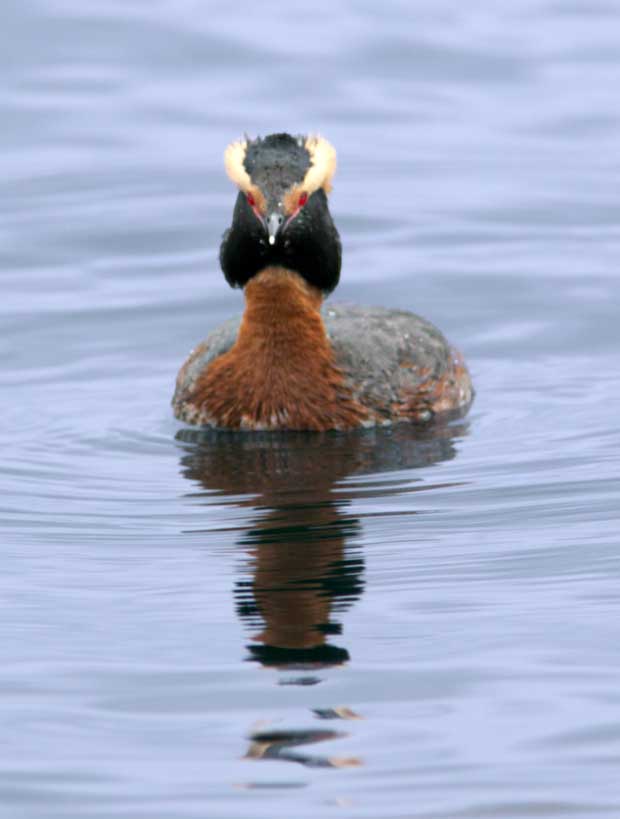Spring migration is a popular draw on the Washington Coast, especially during the Shorebird Festival. The migration has just begun and won’t peak for a couple of weeks, but it’s still thrilling to see masses of shorebirds fill the sky as they move up and down the beach.
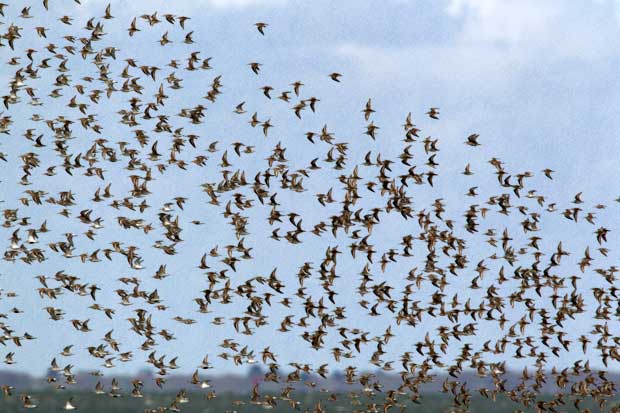
Like most birders, I have my own favorites one of them being this dramatically colored Black-Bellied Plover,
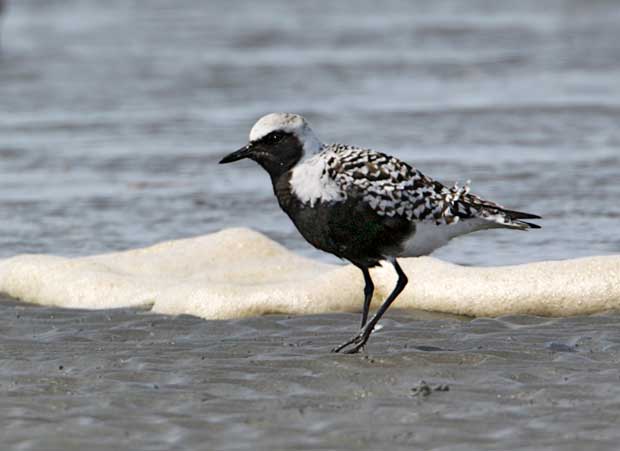
perhaps because it’s easy to identify. It’s a relatively large shorebird with dramatic colors during the breeding season. Unlike the sandpipers, it sprints from spot to spot picking up food rather than probing the sand.
The easily identified Dunlin
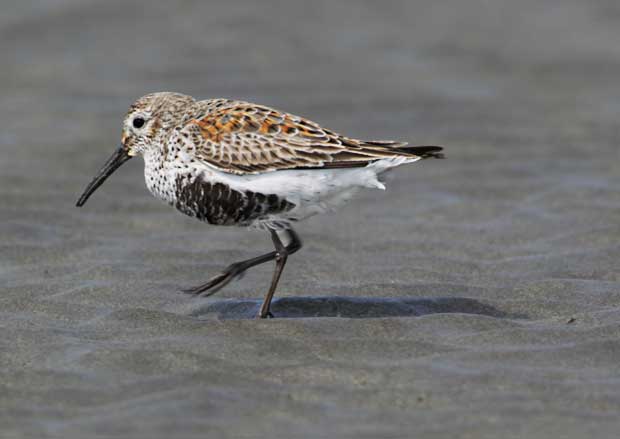
is another personal favorite. It’s only about a quarter the size of the Black-Bellied Plover, but its black chest when in breeding colors sets it apart from the huge variety of sandpipers.
I think this is a Sanderling,
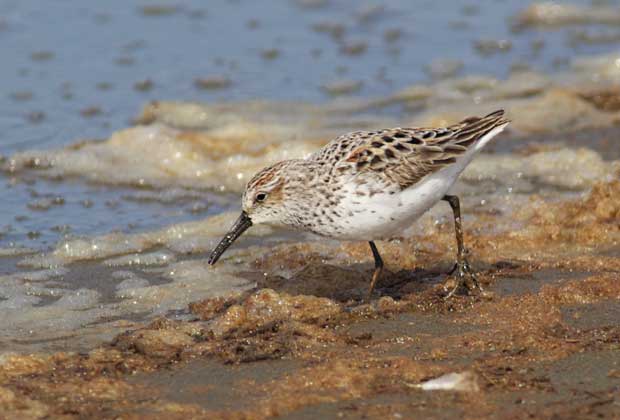
just beginning to change into its breeding colors, but I’ll admit it might well be a Western Sandpiper, or even a Least Sandpiper. It would be helpful if all the birds donned their breeding colors at the same times, but apparently they have more important things to do than helping birders identify them.
Truthfully, I don’t worry much about identifying them. In fact, I seldom try until I get home and put them up on the screen. Leaving Bottle Beach, another birder asked me if I’d seen any Dowitchers, and I didn’t realize until that moment that I had and didn’t know if I’d taken any pictures of them until I got home and downloaded the shots.
It’s enough simply to be immersed in shorebirds, experiencing their delicate, infinite, beauty.

